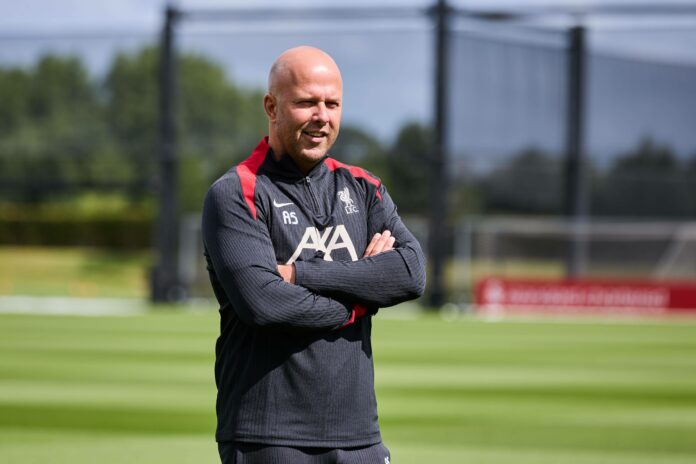Liverpool’s Pre-Season Fitness Overhaul: Insight from Anfield Index
As Liverpool prepare for the upcoming season, significant changes are underway in their pre-season fitness regimen. In a recent episode of the Daily Red podcast on Anfield Index, Dave Davis delved into these adjustments, shedding light on the new methods brought in by Liverpool’s management. This blog post explores these insights, particularly focusing on the contributions of an Anfield Index medical source.
Evolution in Fitness Testing
Liverpool’s pre-season training has seen a departure from the traditional methods used under Jürgen Klopp. Historically, Klopp’s approach relied heavily on endurance-based tests, notably the lactate test. This method, described as a “death run” by some players, measured endurance by pushing players to their limits. According to the Anfield Index medical source, “Klopp’s lactate test came in the ’90s, a more traditional methodology, while the new methods are seen as more modern but equally effective.”
However, under the new regime led by Arne Slot and Ruben Peters, there is a shift towards a more balanced approach. The focus now encompasses not just endurance but also injury prevention and overall performance. The six-minute interval testing replaces the grueling long runs, aiming to achieve the same fitness results without the heightened risk of injury. The medical source emphasised, “It’s not about one being better than the other; it’s a different way of doing the same thing.”
Balancing Fitness and Performance
The primary goal of the new fitness approach is to manage injuries, fitness levels, and performance collectively. This holistic approach contrasts with Klopp’s intense focus on endurance. Slot and Peters are keen on ensuring players maintain high fitness levels while minimizing injury risks. The medical source highlighted, “It’s about combining injuries, fitness, and performance. The reduced load in training might decrease injuries, but it remains to be seen how it impacts overall performance.”
An interesting point raised in the podcast is the potential impact of this new approach on the team’s performance. While reducing injuries is crucial, it’s uncertain how these changes will affect players’ performance on the field. Dave Davis noted, “There’s a bit of uncertainty about how this will affect performance. Everyone’s going to be watching closely to see the results.”
Insights From Medical Source
The medical source provided valuable insights into the practical aspects of these changes. They pointed out that players participating in summer tournaments maintain a good level of natural base fitness, which helps in adapting to the new training methods. “The club believes that because players have played in tournaments, there’s already a good level of natural base fitness,” the source said. This pre-existing fitness level plays a crucial role in the new training approach.
Moreover, the source stressed the importance of not making sweeping judgments early on. “It’s a new coach, new ideas, new tactics. Performance should be assessed over a longer period,” they advised. This perspective is essential as it underscores the need for patience and a broader view when evaluating the effectiveness of the new fitness regimen.
https://twitter.com/Braden_LFC/status/1811426914743005304
Liverpool’s pre-season fitness overhaul marks a significant shift from traditional endurance-based methods to a more balanced approach focusing on overall performance and injury prevention. As Dave Davis and the Anfield Index medical source highlighted, these changes are designed to ensure the team is fit, healthy, and ready for the challenges of the new season. The effectiveness of these new methods will be closely watched by fans and experts alike, making the upcoming season an intriguing one for Liverpool.
Stay tuned to the Daily Red podcast on Anfield Index for more insights and updates as Liverpool continues to innovate and adapt in their quest for success.




